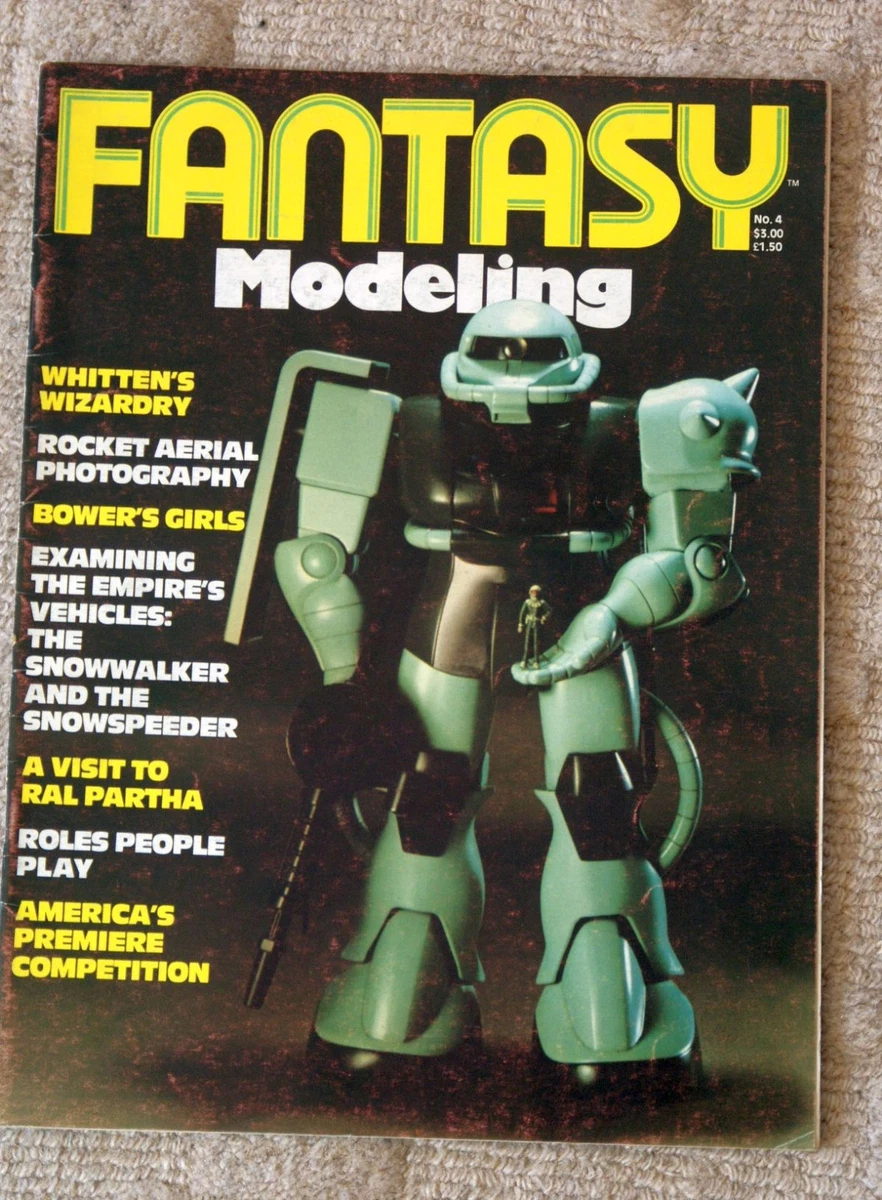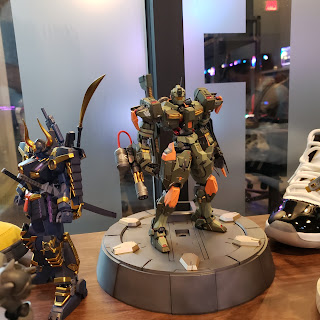Lou is looking forward to the release of Academy's 1/48 F4-F Wildcat, with folding wings and open canopy.
The BrookLAN group build was last Saturday. More than two dozen people participated, less than before but still a good turnout. Several BPMS members were there. Julio told us about the class he gave for new builders and Bobby shared photos of the event.
Kosta shared photos from the Mystic Seaport Museum, where the Jamestown and the Aimistad are in drydock.
The Hudson Valley show is Saturday, the 26th, at the Elks Club Hall, at 29. Overrocker Rd, Poughkeepsie, NY and the "Chiller" show is the 25th to the 27th in Parsippany, NJ.
In progress and completed work included: Mirage F-1C, F-8 Crusader, Mig -23, '65 Ford Mustang (Metal Earth kit), 3D printed large scale Warhammer Space Marine and Dragon figures, Mark 1 Tank with modifications for Gaza, LEM, Snow Speeder and Grimoire robot. Many of these pieces were mounted on bases, which was good since the topic was attaching models to bases. Vaughan likes to display his aircraft in flight so he can show off any special features not clearly visible on the ground. He once bent a single piece of wire in such a way as to serve as both the post and the base, but many of his pieces are attached to bases with coat hanger wire or acrylic rods inserted into exhausts. Lou recalled Canal Plastics, on Canal St in Manhattan was (and still is) good source for bases in many shapes and sizes. Armor or large figures can be bolted, screwed or wired onto their bases. Be aware of bolt orientation so you can remove the model if you want to. Whatever connectors you use, don't overtighten them. Lighter, smaller models can be glued directly to the base. Bobby recommends Gorilla Glue, but not the one that expands. Kevin attaches his works to wood blocks with brass or acrylic rods.
Next meeting is Friday, the 25th, at the Community Center. No invites needed. Door open around 6pm. Hope to see you there.
Hey, almost forgot. Don says wood handrail fittings, designed to attach a handrail to a wall, can be used for bases. Inexpensive and widely available.
See you next week.















.jpg)








.jpg)



